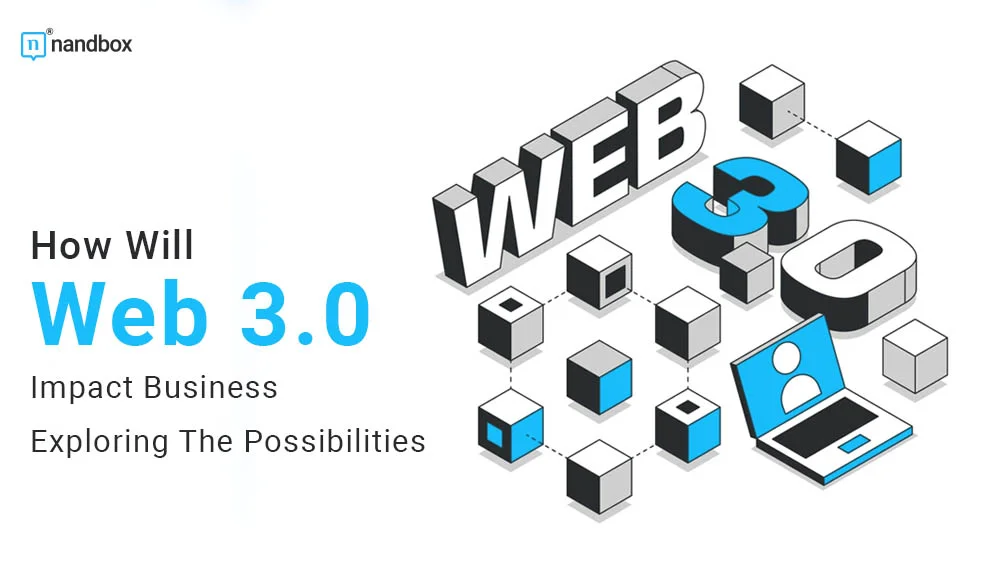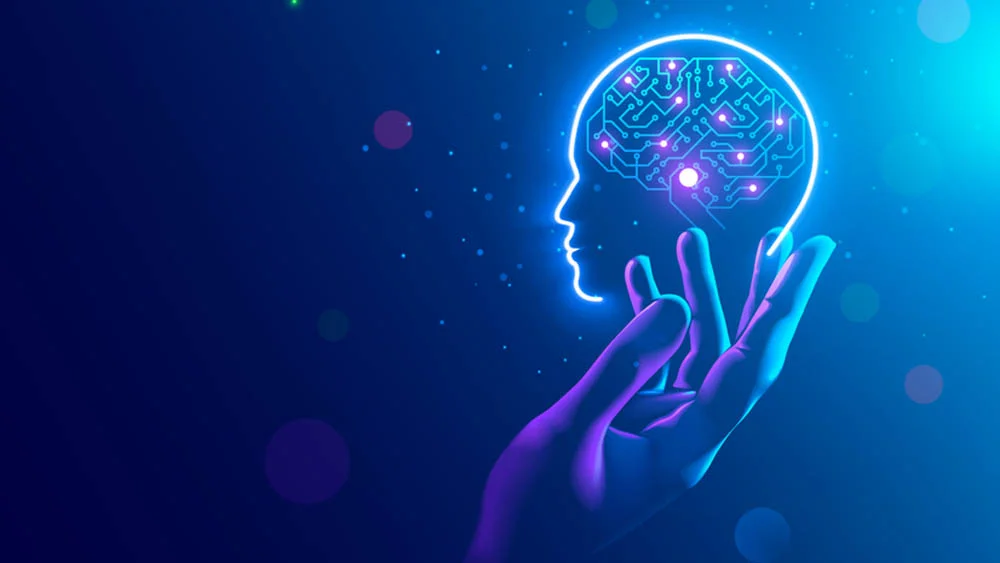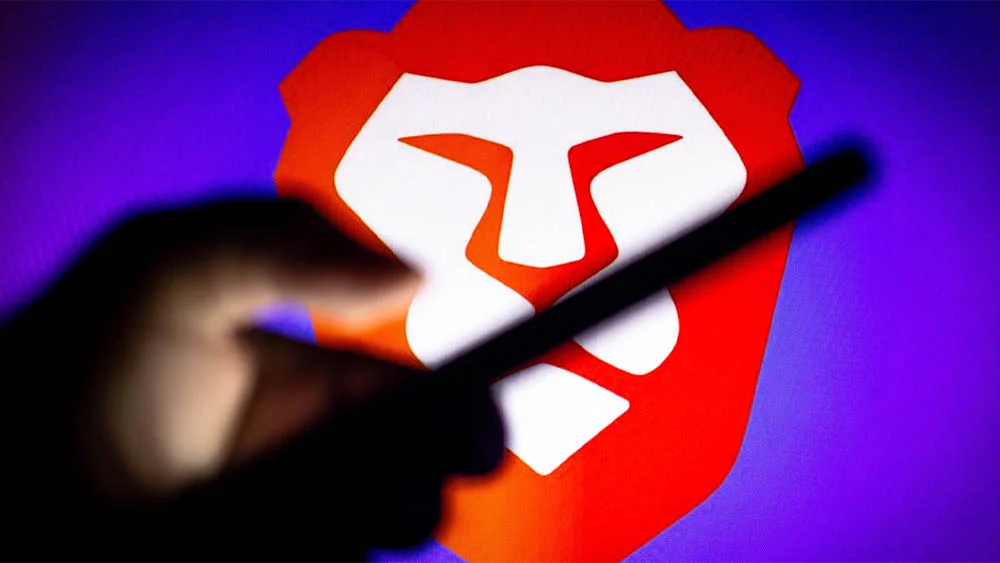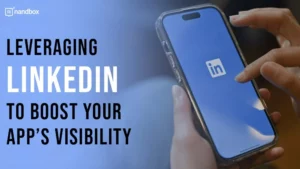WEB3: A Fiction Turn Into Reality
Remember the sci-fi movies? Where cars can fly, people are half robots and half humans, and they can travel through time? Well, we are not there yet; maybe it is just a matter of time. Nonetheless, we achieved major breakthroughs that we never thought imaginable. For instance, today’s machines have the ability to learn and communicate. Who would have thought this was doable? well, except for Dr. Emmett Brown. Especially in light of recent technological developments, the changes we are seeing now are quite remarkable. One of the aspects or fields that has seen its fair share of advancements is the world wide web. The world wide web went through many phases, and now we can say it is in the ultimate phase. Web 3 is the latest evolution of the internet. It is said to be very important that many investors like Nicole Junkermann are supporting the ideas and the technologies used to create Web 3.0. In this article, we will discuss everything regarding Web 3.0. From how it started to how will it impact business.
What is Web3
First things first, let us start by defining Web 3 and getting a brief introduction of what exactly it is and how it works. Web3 is the latest enhancement of the world wide web. Yes, the one we access and use each and every day in all aspects of our lives, which is full of billions of pieces of data and information. But how could it be enhanced or improved? doesn’t that happen with the enhancement of data found? The data on the world wide web is not the only thing that will get improved in Web 3.0. The whole infrastructure of the world wide web would also undergo a great transformation, changing the way we ever saw or interacted with it. To be able to understand Web 3 more, we will start with the history of the world wide web.
History
Web 1.0
Web 1.0 refers to the earliest iteration of the World Wide Web and is the most basic. It lasted from 1991 to 2004. It is usually described as a read-only format, as people could only access Web 1.0 to read information and whatever content it contained but had no control to edit, change, or even create their own content. All the pages and websites on Web 1.0 were static, meaning that they only had images and text for people to read. They were also made using basic and simple HTML codes. No individual could own or create a page; businesses ran the majority of these pages.
Web 2.0
What’s next is the better, improved era of the world wide web, which is the one we are still living in. Web 2.0 started right after there was no more potential for Web 1.0. In 2004, Web 2.0 was launched for people in a read-only format. The goal this time was to include as many people as possible. This time, the focus was not on providing people with information but on encouraging them to generate information and content. Web 2.0 was entirely based on user-generated content. Instead of static pages, the pages of Web 2.0 were dynamic, allowing all users to collaborate, engage, and interact by commenting, blogging, posting, etc.
The more people fed the world wide web with information and data, the more it was able to enhance its algorithms, and search engines could understand and use this data. For example, websites like Facebook and Twitter receive billions of pieces of information each day. Typically, other third-party businesses across Web 2.0 use this amount of data to distribute it throughout the internet. This implies that web 2.0 companies rather than the users themselves own all of the data that users provide, which is where web 3.0 enters the picture.
Web 3.0
Web 3.0, as we mentioned above, is the enhanced form and new evolution of the internet. The format this time went from read-only, read-write to read-write-own. Web 3.0 is taking advantage of all the emerging technologies that we will mention later on to create an environment where users are the ones in charge.
The new Web 3.0 is more open, where users can still generate all the content they want. However, all the content they provide will no longer be under the ownership of large companies that used to own information and data on Web 2.0. Instead, as the word “own” in the format literally means, everyone claims full and clear ownership over every piece of data he owns. The user is also the only one who can control it and eliminate its distribution or the interference of third-party organizations. Web3 not only gives users full control and transparency, but it also rewards users for their contributions to Web3. This means that for any information or content that a user would create, they would get something in exchange. User-generated content tends to be more authentic and relatable to audiences, fostering trust and engagement. Thus, hiring user-generated content creators is seen to be more cost-effective as it involves minimal monetary compensation.
Web 3.0 Features
Speaking of robustness, and as we mentioned above: Web 3.0 successfully employs many of the most robust technologies on the market. It made use of the robust and powerful technologies available at the time, and it may make use of newer technologies as well to produce something completely distinctive and remarkable. The utilization of such technologies gave Web 3.0 such unique features that made it stand out from the previous version of the world wide web. Web 3.0 will not only impact us as users, it will also impact business as a whole. The three following technologies are the major ones used in web 3.0
1.) Decentralized data system
Using Decentralized Autonomous Organizations (DAOs) technology, is the safest way to store information and data, this technology usually works by storing the data in the form of inaccessible blockchains that can not be changed. This also helps the data on Web 3.0 be decentralized. Decentralized data is one of the main features of Web3, which enables people to store data on the blockchain. This means that information is stored securely, immutably, and on a single, unified ledger. Instead of storing data in one location, as it is usually done, it can now be stored in multiple locations. This prohibits third-party organizations and websites that usually use users’ data from accessing or using it. By leveraging decentralization, all users can benefit from a transparent and secure storage process while still keeping full control over their own data.
2.) Open and permissionless
Unlike Web 2.0, Web 3.0 is open to everyone, everywhere. Everyone gets to access the data and information found on whatever device he is using or wherever he is accessing them from. It doesn’t have the limitation that was found in Web 2.0, where a website would restrict access to a specific location or specific devices. Another feature of Web 3.0 is that it would be permissionless. This means that users would be able to interact with any data without the need to get permission from any third-party organizations. For example, many websites require that you enter information such as an email address or accept cookies in order to access them. In Web 3.0, the user doesn’t need to provide any of these.
3.) Artificial intelligence and machine learning
Of course, such technologies as artificial intelligence and machine learning can’t be disregarded. Web 3.0 also utilized artificial intelligence and machine learning to a great extent to enhance its functionality. AI and ML are used to further improve data analysis. This allows machines and computers to interact with, understand, and learn from the provided data in the same exact way a human does. Also, with the aid of NLP (natural language processing) that many platforms like Chat GPT use. Web 3 can analyze not only the data but the user’s behavior and generate much more accurate predictions and suggestions that would actually benefit the user.
An Overview of Web3 Apps
For sure, such growth would also have a significant effect on applications, the way they work, and the development process. Web 3 apps may look like the same traditional applications, however, the difference is that they use and run on the same technologies used in Web 3. Web3 applications, also known as decentralized applications or DApps, are a new type of application that runs on a decentralized data system rather than a centralized server. These applications are built on blockchain technology, the same one used for web3 structures. The use of blockchain and decentralization provides a secure environment for data storage and processing.
Many apps in many fields, like banking, would need such data security to eliminate the risk of any breaches. One of the key features of Web3 apps is their ability to execute smart contracts. But what are smart contracts? A smart contract is a system that is programmed to allow processes and transactions between applications and end-users directly, without the need for any intermediaries. This allows for a more transparent and efficient way of conducting transactions
Importance of Web3 Apps
So, how will web 3.0 impact business? Especially web3 apps? The Web3 environment and features bring a host of benefits to app developers, businesses, and users. One of the most significant advantages of Web3 is its potential to create more secure and decentralized applications. In traditional app development, developers build apps on centralized servers that are vulnerable to hacking and data breaches. With Web3, applications are built on decentralized networks that are more secure and resistant to attacks or changes.
Another key benefit of Web3 is its ability to provide more control and ownership to users over their data. In traditional app development, users are usually forced to give up control of their data to centralized platforms like Facebook. With Web3, users have the ability to own and control their data, which means they can decide who has access to it and how it’s used.
The potential of Web3 Apps
The potential of Web3 apps is vast and far-reaching. With the ability to create more secure and decentralized applications, Web3 has the potential to transform a wide range of industries, from finance and healthcare to gaming and social media.
One area where Web3 has already made a significant impact is in the world of finance. Decentralized finance, or DeFi, is a growing industry that is built on Web3 technology. DeFi platforms use blockchain and smart contract technology to provide users with a range of financial services, from lending and borrowing to trading and insurance. These platforms are often more efficient and transparent than traditional financial institutions, which makes them attractive to users around the world.
Web3 also has the potential to transform the healthcare industry. By providing users with more control and ownership over their data, Web3 can help create a more patient-centric healthcare system. Patients can store their medical data on a decentralized network, which means they can control who has access to it and how it’s used. This can help to improve patient privacy and security, as well as facilitate more efficient healthcare services.
Top Web3 Apps
1.) Brave Browser
Brave Browser is a web browser that uses blockchain technology to provide a more secure and private internet experience. With Brave, users can block ads and trackers, and protect their privacy. Another thing that the brave browser utilizes from Web3 is rewarding users. Brave browsers have a rewarding system that gives out tokens to users for viewing ads. Later on, users can use these tokens anywhere they want. For example, they use them to tip content creators or support any website they like.
2.) Steemit
Coming up is the future vision of social media apps and platforms. Steemit is a decentralized social media DApp. In addition to being a communication channel, Steemit also rewards its users. Built using blockchain technology, Steemit allows users to earn cryptocurrency rewards for posting, commenting, and voting on content. Through this app, users can enjoy a more secure and user-centric social networking experience while also earning rewards for their contributions.
3.) Secretum
Secretum is a secure and decentralized messaging app that allows users to communicate privately and securely. This app was built on a blockchain system and platform called Ethereum. Secretum uses smart contracts to ensure the encryption of messages and that they are only visible to the intended recipient. One of the most exciting features of Secretum is its ability to integrate with other applications and systems. Users can also easily send and receive payments within the app, usually using cryptocurrency. It also allows peer-to-peer trade and transactions.
In Summary
Web3 is an exciting and rapidly evolving technology that promises to revolutionize the way we interact with digital content. With its focus on security, decentralization, and user ownership. Web3 has the potential to transform a wide range of industries and create new business models and revenue streams. As more developers and businesses begin to explore the potential of Web3, we can expect to see a wave of new and innovative applications that will change the game for users around the world.








